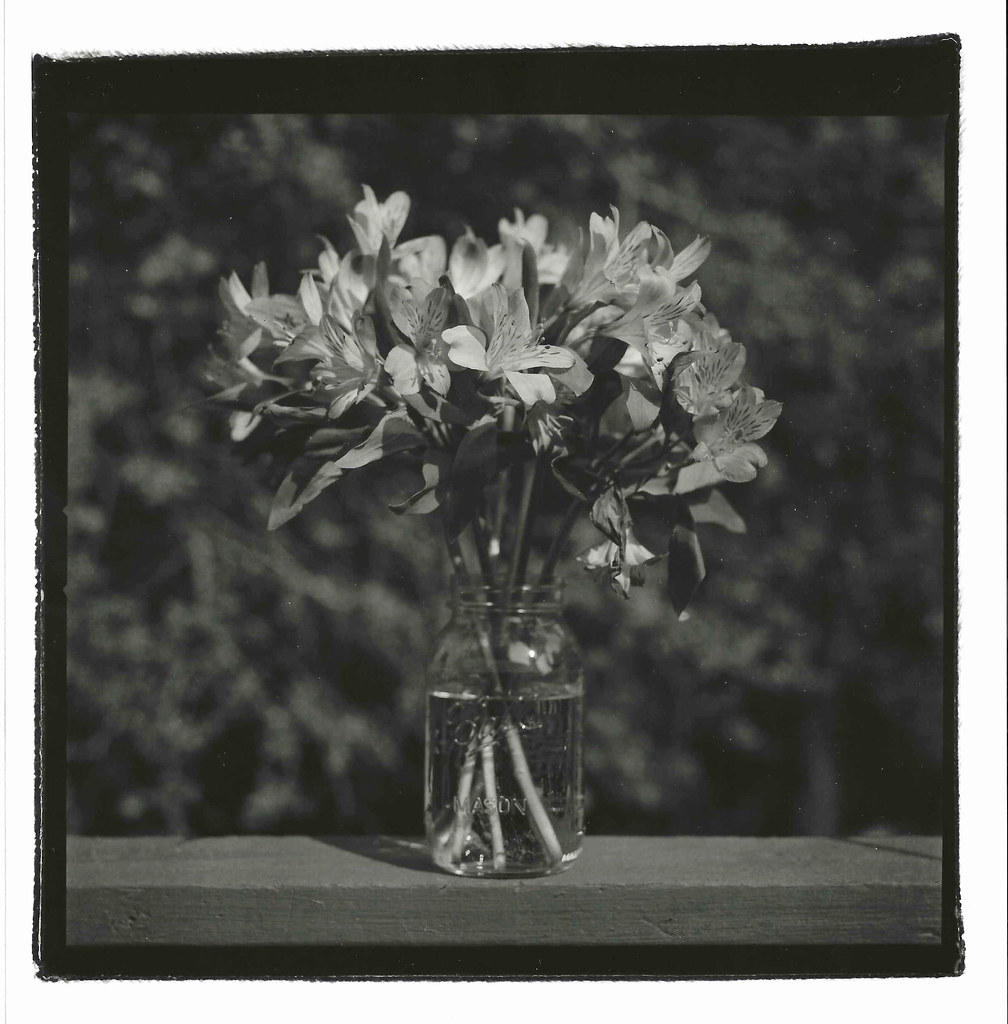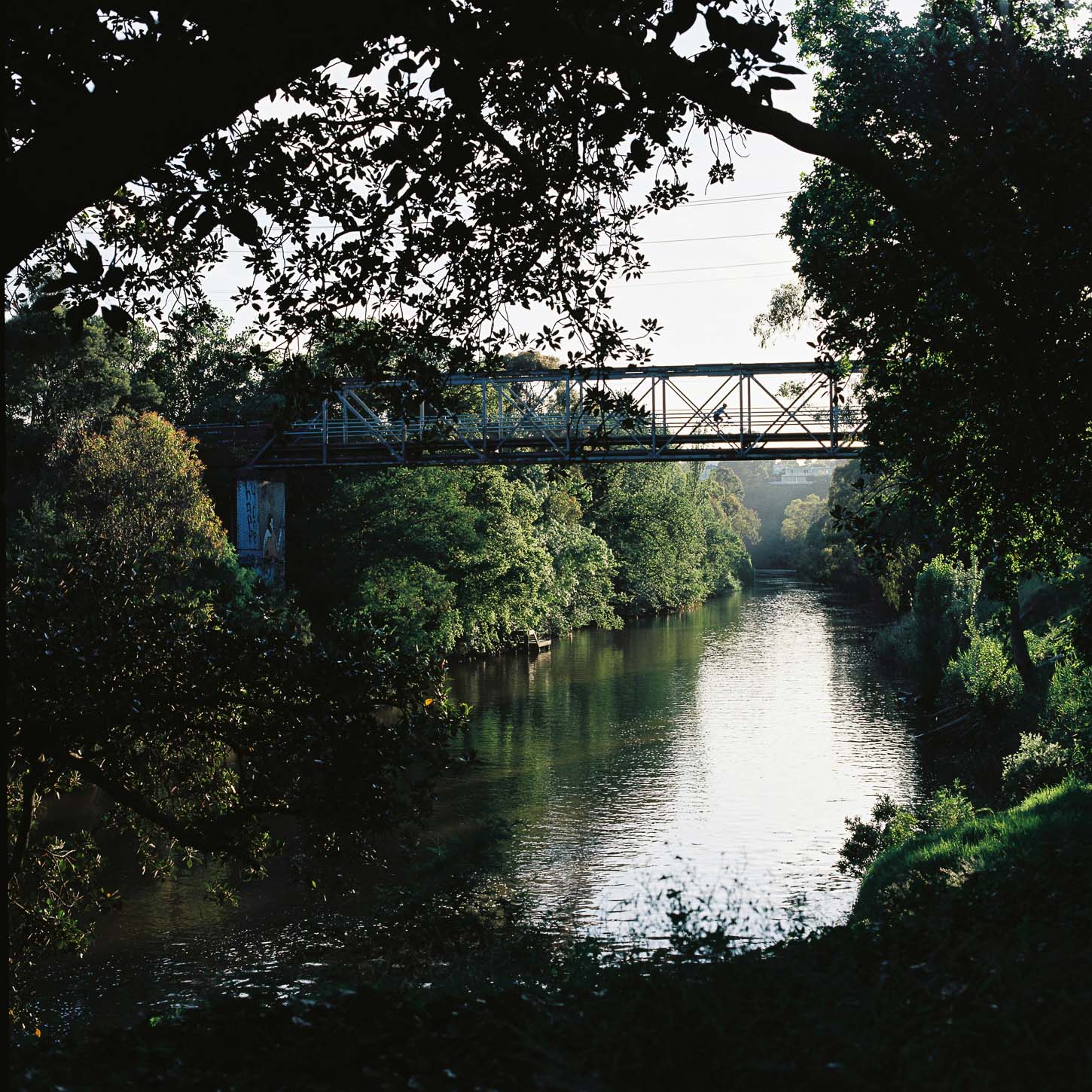I have the brochures for the 500CM I wrote away for as a teenager. I nearly bought one in 2012, but got the M9-P instead. I tried the Rolleiflex, but the view was dim and it gets some use but not much. Finally I bought a Hasselblad kit from the classifieds here: a beautiful 1983 500CM with the 80 Planar, the 60 f3.5 Distagon and a spare film magazine.
When picking up a 500cm Hasselblad and 80mm Planar f2,8 what impresses immediately is that it is a lot bigger than it seems in brochures or photographs or videos online. It is nevertheless lighter than it ought to be by Leica standards of weight per volume. The Leica IIIf with a collapsed 50 Elmar feels dense compact and airless. The Hasselblad is light and full of air.
Next is the waist level finder opening to reveal the cinematic view through the acute matte screen in vivid colour. In a single moment the Rolleiflex on the shelf seems doomed to stay there. But the weight of two lenses and two backs and the camera in a bag will soon revive interest in the lightness of the little Rolleiflex Automat.
There is lot of initial enjoyment in seeing first hand the miracle of the removable film back, half way through a roll quite possibly. Then there is the slightly annoying, somewhat entertaining dance of lens and body and back to get used to. The body needs to be in sync with the film back, and also with the lens. Only a lens that is cocked can be mounted on the body, and it too must be cocked. The shutter button will not move when you pull the camera out of the bag. The dark slide must be out to take a picture. Where do you put it? A shirt pocket is good. A trouser pocket puts the slide at risk of being bent. The back cannot be removed without the dark slide being put back in.
The camera has two shutters, the leaf shutter in the lens and the rear body shutter in front of the film plane. The shutter button must remain depressed as long or longer than a slow exposure through the lens’s leaf shutter, lest the rear body flaps close before the leaf shutter has closed. The legendary mirror slap, flaps and shutter cacophony turns out to be nothing of the sort, but is quite a wondrous sound, the audible summation of the many coordinated actions triggered by the shutter release.
Film loading is if anything even more foolproof than with the Rolleiflex, where some have reported forgetting to run the film under the roller in an Automat. There seems to be nothing to go wrong with loading a Hasselblad. I've never seen threads on tricks for loading a Hasselblad. LTM Leica threads on this abound.
Taking photographs is not necessarily quick. Scale focus or prefocus will allow candid shots where perhaps the shutter release sounds will not be noticed. More critical shots require careful focus with the magnifier in the viewfinder, and with the camera close to the eye. The acute matte screen has horizontal and vertical line engravings. These are for ensuring perfectly upright images, and for levelling horizons. In fact scale focus and use of the depth of field markers and hyperlocal distance shooting will work like with any other camera, so long as the photographer has knowledge of the limitations of that approach.
The large mirror movement makes the slower shutter speeds inadvisable unlike with the Rolleiflex or Leica. Experts online maintain that only on a tripod is a Hasselblad worth the investment of money and time. Others dismiss this as rubbish. The chief impediment to a sharp image is vertical mirror movement evident in vertically elongated round lights in the frame. As my advisors in real life have told me, where possible it is best to shoot at 1/250s. But in line with the Hasselblad Manual’s Ernst Wildi’s analysis, the vertical component of the mirror slap can be very effectively negated just with a monopod. I use a Gitzo with a Manfrotto quick release tilt head, RC234. I use this at 1/60s but especially 1/30s and will experiment with going even slower. The accompanying photograph was taken at 1/125s and f8 on the monopod.
What is it all in aid of, in the era of brilliant compact digitals, autofocus, and endless image making for minimal recurrent expense? Why buy film with 12 exposures per roll? Why carry a tripod or a monopod? It is a different exercise entirely to ‘Leica photography.’ The latter is an intuitive snatching of a picture, scale focused, estimated exposure and 1/60s or 1/40s or even much slower, with a passable result made with the magic of 35mm film and 37 exposures to a roll. The Hasselblad, perhaps medium format generally, is a totally different exercise. Sure, the Rolleiflex was a press workhorse in the 1950s, often still carried in its leather case astonishingly enough, but it is the slowing down with medium format that is one of the chief benefits; and the qualities of the Zeiss lenses, the tonality and finally the sharpness, where that is worth having.
I value the lightness and quietness of the Rolleiflex, but I just can’t see the screen except in bright light. The Hasselblad waist level view is astonishing and this is going to be a long-term love affair with the camera and what it produces.













